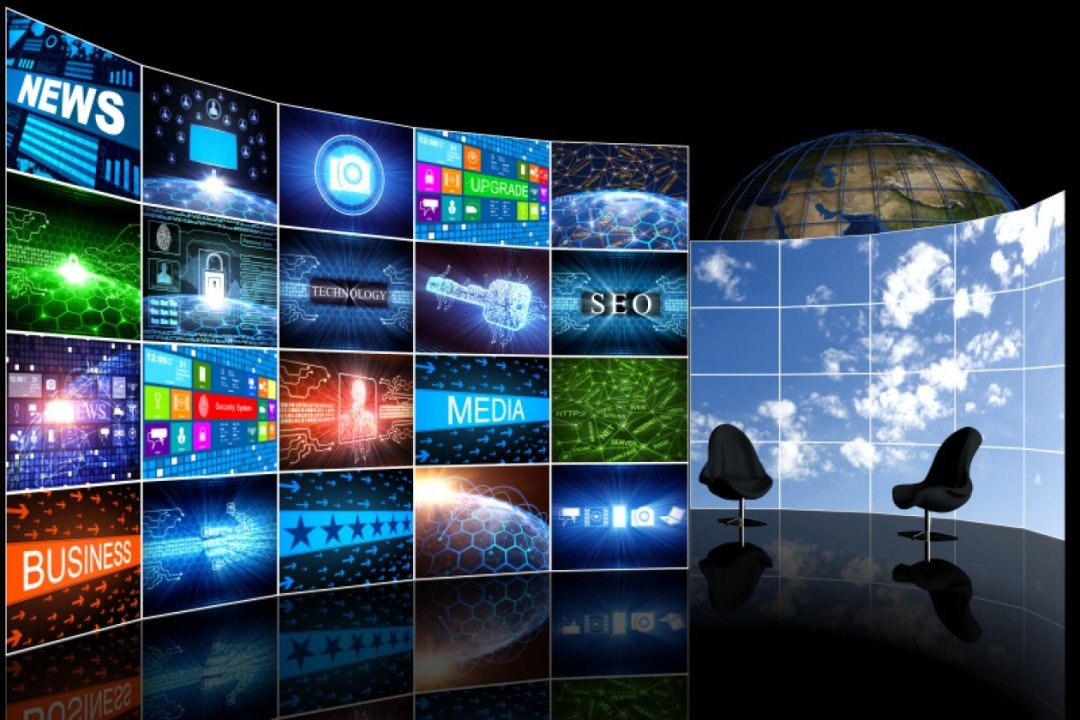Streaming services have revolutionized the entertainment industry, changing how audiences consume content. Platforms like Netflix, Disney+, and HBO Max offer on-demand viewing, original programming, and personalized recommendations, making traditional TV networks seem outdated. But does this mean cable television is dead?
One of the biggest advantages of streaming services is flexibility. Unlike cable TV, which follows strict schedules, streaming platforms allow users to watch anytime, anywhere. Additionally, they offer ad-free experiences (with premium plans) and binge-watching options, catering to modern viewing habits.
Another major shift is the rise of original content. Streaming giants invest billions in exclusive shows and movies, leading to hits like Stranger Things, The Mandalorian, and Squid Game. This has forced traditional networks to adapt or risk losing their audience.
However, streaming services come with challenges. The subscription model is becoming overcrowded, with multiple platforms requiring separate payments. What was once a cost-effective alternative to cable is now just as expensive, if not more. Additionally, with increasing competition, platforms may prioritize quantity over quality, leading to mediocre content saturation.
Traditional TV isn’t completely dead. Live sports, news, and reality TV still attract millions of viewers. Networks are also launching their own streaming services (e.g., Peacock, CBS All Access) to stay relevant.
While streaming dominates, the future may see a hybrid model where cable and streaming coexist. As technology advances, viewers will likely demand more convenience, customization, and affordability, shaping the next era of entertainment.


















Samuel Boafoh
own streaming
Adungchaab
Best
Polina
Okay